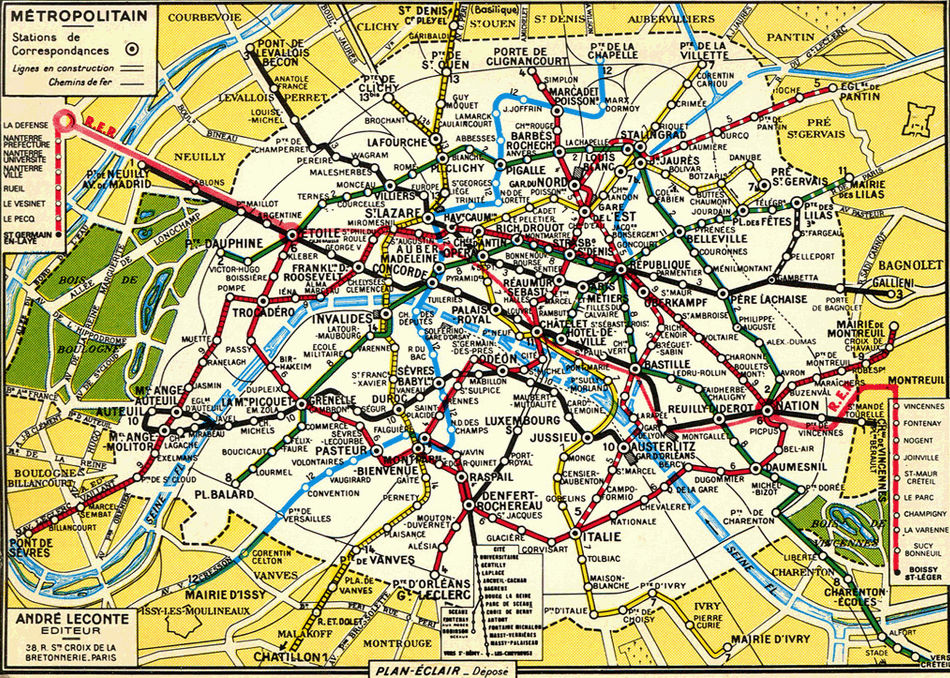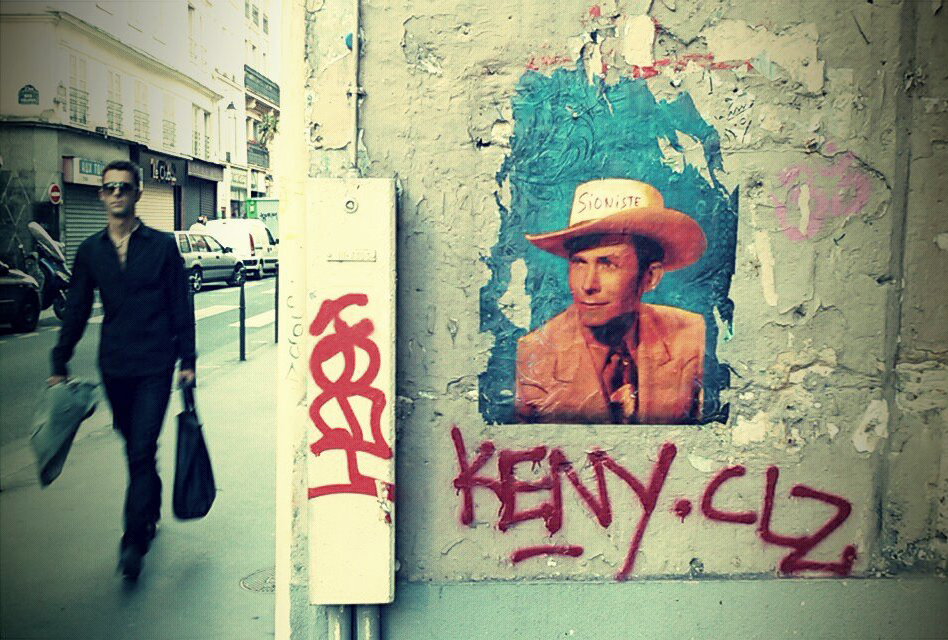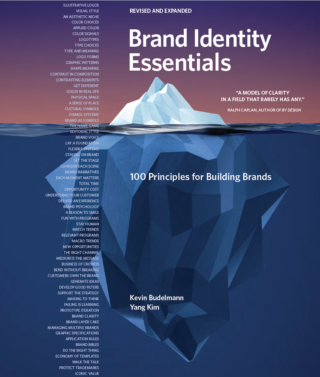In his HBR article, “Co-opting Customer Competence,” C.K. Prahalad made an observation about the company-customer relationship, “The product, in fact, is no more than an artifact around which customers have experiences. What’s more customers are not prepared to accept experiences fabricated by companies. Increasingly they want to shape those experiences themselves, both individually and with experts or other customers.”
Prahalad suggests that your offering is not your product alone. Your product creates a community of buyers, it has a beginning-middle-ending, it has emotion and meaning. If your offer is more than a product it begs the question: Who creates the experience – the company or the customer? The answer isn’t simple. It’s both. However, we know that creating a memorable brand experience is about balancing the needs of the two. Choreographing the dance between your offering and your customer's brand experience is The Creator Lever.
Any good leader wants to make informed decisions, and knows that understanding customer motivation is critical. Recently, companies have been hammered with ways of knowing your customer. A quick scan of any average business strategy resources yield many articles and tools built to demystify the customer: Market research, industry trends, technology trends, web analytics, competitive analysis. Too much information can create analysis paralysis. When it gets overwhelming, many companies revert to what they know – product.

Placebo Effect
Many of these tools promise reconnecting the company with the customer: Data, personas, segmentation, and surveys. These analytic maps are helpful and may make you feel like you are drawing closer to you customer. However, sometimes, being overly focused on developing that perfect customer model may remove the urgency of truly knowing how your customer behaves.
Customer Data – Archiving customer data encourages you to average your customer understanding into a homogenous mass, instead of varying groups driven by individual values. The items recorded become your view of the customer. Anything in the margins becomes lost, but innovation often starts at the edges
Customer Personas – Built from customer stereotypes, too often, personas don’t push past universal themes: Faster, cheaper, smarter – Who doesn't want that? Isn't that the cost of entry? You’ll need to push past generalities, move to a authentic view of your customer to create a memorable touchpoint.
Customer Segmentation – Demographics don’t drive behavior, they only correlate after the action. Too often, all players in an industry look for the same patterns and metrics. How might you define a unique segment to carve out a differentiated niche?
Customer Surveys – Surveys collect clean data, but often define a problem too narrowly and strip out the nuance. People are complicated. Understanding how people behave and make decisions is important, and not even well understood by the people themselves! Surveys usually just identify preferences.

Empathy and Experience
Looking a map of Paris and going to Paris are two entirely different experiences. Maps are useful for planning a route, but they don't communicate the culture of a city. Similarly, it's hard to know the culture of your customers from a map. When you “walk the streets” of your customer's journey, you gain a more complete picture of your customer and empathy for their experience.
Empathy for your customer's experience will provide better context, and inspire your work.
Ask yourself: What gift would you buy your customer? It's a simple but illuminating question. What is meaningful to your customer? What is lacking in their world? What does it say about you? What does it say about them? Your brand should be the gift that your customer wants.
Sharing experiences, like traveling to Paris or gift giving, are co-created. Your brand is a sharing experience created when your customer walks the streets of your brand map. What touchpoints do you create? What culture do you encourage?
The Creator Lever is about finding the space where you can tap into existing motives and desires instead of fabricating experiences based on your product. Build experiences where your customer is a creator – experiences based on a personal understanding of your customer, not just a model.
Photos by Roger Wollstadt and Gilles Klein
